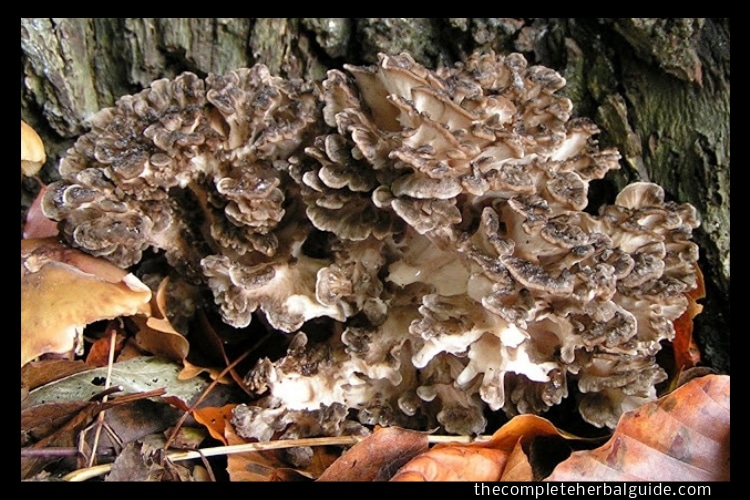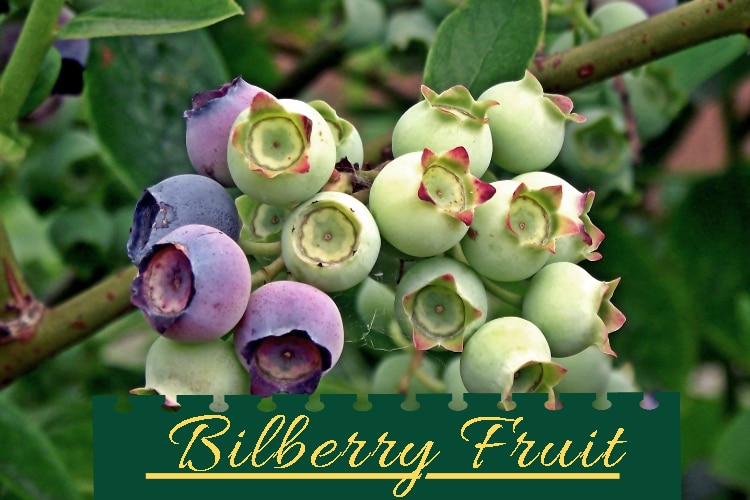
Rehmannia Root – The Medicinal Uses and Benefits
Rehmannia Root was long used in China medicinally to heal many ailments and even as a tonic to prolong life. Rehmannia Root is becoming popular in the West as a blood refresher. It is often recommended to regulate deficient blood patterns, such as anemia, irregular menses, uterine and postpartum bleeding, pallor and light-headedness. Healthy blood is a good start for a better body.
Table of Contents
Plant Description
Rehmannia is a perennial herb with reddish-violet flowers native to China, Japan, and Korea. Its common name is Chinese Foxglove.
Medical Uses
Rehmannia’s root is used medicinally in Oriental medicine to replenish vitality, to strengthen the liver, kidney, and heart, and for the treatment of a variety of ailments like diabetes, constipation, anemia, urinary tract problems, dizziness, and regulation of menstrual flow.
History
Rehmannia Root is a native of China and is one of the first species of the genus to be introduced and cultivated in the West. It thrives in light, moist, well-drained, neutral-to-acid, sandy soil in full sun, and when cultivated, the thick, reddish-yellow roots are lifted in autumn or early winter for use in herbal medicine.
Rehmannia Root is one of the most popular tonic herbs in Traditional Chinese Medicine (TCM), where it has been used for thousands of years. Listed as one of the fifty most important Chinese herbs, it was first mentioned in Chinese medical literature during the Han Dynasty (206 B.C. – A.D.23). The fresh or dried roots have been used in China for centuries to treat a long list of ailments and were even used as a tonic to counter the effects of aging! Some of the constituents included in Rehmannia Root are beta-sitosterol, calcium, copper, glucose, glucosamine, histidine, mannitol, zinc, amino acids and vitamins A, B, C, and D.
Treatments
Rehmannia Root is considered a tonic for the blood and enhances circulation throughout the body, especially to the brain. As a blood energizer, the herb has been used to treat blood-related deficiencies, including anemia, dizziness, pallid face and light-headedness. It is also said to control hemorrhage of all kinds, including excessive menstruation, and women find the herb helpful when used to regulate flow and strengthen the body after the weakening effects of childbirth.
The glycoside content in Rehmannia Root helps to manufacture certain hormones that are believed to ease many unpleasant symptoms of menopause, including hot flashes, restlessness, insomnia, and loss of bone strength. Rehmannia Root has also been regarded as an effective fertility enhancer.
Rehmannia Root is thought to protect the liver and shows promise in relieving hepatitis (when used by herbalists in combination with licorice). Some studies echo the ancient claim that the herb may actually strengthen the liver, kidneys, and heart.
By preventing the depletion of stored glycogen, Rehmannia Root may be effective in the treatment of hypoglycemia.
Rehmannia Root is a mild diuretic, promoting the flow of urine and helping to reduce fever. It is sometimes referred to as a refrigerant that helps to disperse heat from the body.






